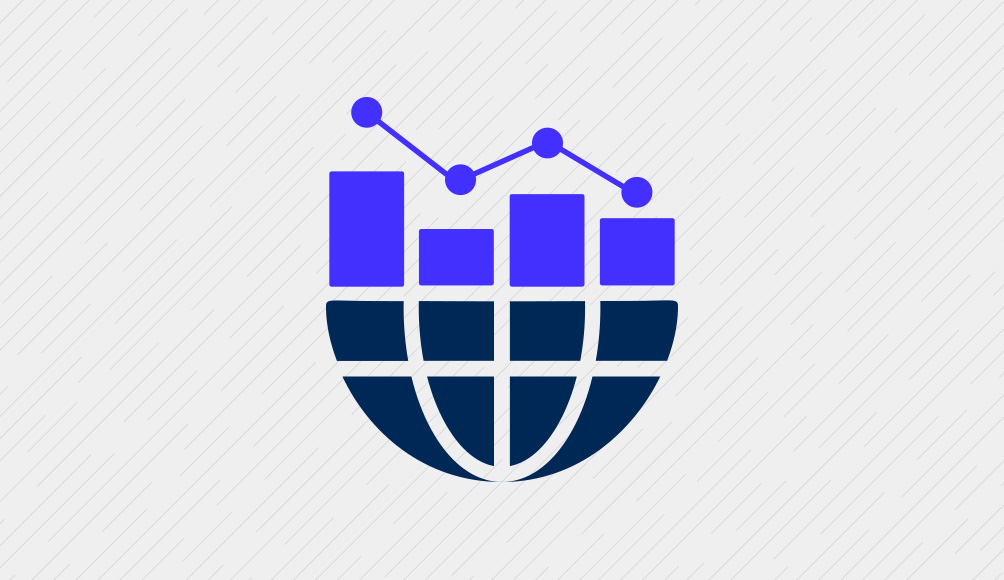
Carolynn Ryan
Chief Human Resources Officer
BC Hydro

June 2020
Even with a contingency plan, HR leader Carolynn Ryan says no one could have predicted the required response to COVID-19.
While Ryan has dedicated the past 30 years of her career to human resources, she took on the role of chief human resources officer for BC Hydro only a year and a half ago. Now she’s adapting on the fly as her organization operates at full capacity amid the pandemic.
BC Hydro is one of the largest energy suppliers in Canada, generating and delivering electricity to 95% of British Columbia’s population. Ryan says, "We always say that we are the ones that keep the lights on, but through this crisis it's really come a little bit more to the fore, that we're not just there for people to flick a light switch. We're powering the province. We're providing electricity to the hospitals that are caring for the people who are sick."
As BC Hydro strategizes about the future, Ryan reflects on the last couple of months, including how her organization shifted the majority of their workforce to work remotely.
Walk me through how your organization has responded to the pandemic.
One of the biggest things that we did right away was activating our Emergency Command Center, which is part of our Business Continuity Planning group. A number of people throughout the organization convened to work together, collaborate and figure out what we were going to do. By Monday, March 16, we sent everyone home; about 70% of 7,000 employees.
We put in place a daily meeting with our executive team right away. We're making decisions on a daily basis, and then we communicate those insights and decisions to our managers and our employees regularly. We started daily summaries in the first week that were emailed to all employees and have regular messages from our CEO, senior vice president, safety & chief compliance officer and myself for HR-related updates.
Our daily summaries moved to a weekly or as-needed basis as urgent communications were needed less frequently. The cadence of communication has been really strong, and through direct feedback and our all-employee pulse-check survey, we've gotten a lot of responses from employees letting us know that we're giving them the information that they need and we're not overloading them. We also provide resources where they can find extra COVID-19 related information, which is all accessible online through our employee intranet.
How are you promoting employee wellness and productivity in work-from-home environments?
We put a big emphasis on wellness every day in our daily summaries. We have a wellness tip with links to intranet resources. On our homepage, we have wellness-related tips about movement, pauses and stretching. On our COVID-19 resource site, there’s lots of information on mental wellness and that's been a real focus in our communications. We have ways you can support yourself, ways you can support others and then resources that are available such as our Employee & Family Assistance Program.
We’ve also created an Employee Support Team. This is a team of HR employees who are providing additional support to business partners and managers to check in with employees who may have questions, need resources or are feeling isolated and simply need to get a call from a friendly voice.
And we just launched a new initiative, called Bookboon, which we had been planning to roll out regardless, but the timing worked out really well. Bookboon is a library of training resources and books you can download. Just a few days after launching it, we had over 450 eBooks downloaded. Topics include advanced communication skills, ways to thrive at work and problem solving.
How are you guiding managers to support employees?
I’m reminding managers to focus on a few things. One is that employees can be quite fragile right now with respect to their status at work because they're not getting that body language feedback and camaraderie. They might feel uncertain about their contributions, so I’m reminding managers to recognize their contributions and how they fit into the bigger picture. The other thing I’m reminding managers of is to allow for flexibility with employees. We’re asking that they reach out and support them. We're encouraging daily check-ins with team members and that has been working well.
How are you preparing for the future recovery period?
We've done some scenario planning with our executive team, building out plans for a return to a “new” normal for the summer months and then a potential for a resurgence of the virus in the fall. We're also planning for an alternate, such as a slow recovery period, where we may not return to the office for a number of months. We’re going through that exercise to see how things would be different depending on which scenario comes to fruition.
We've also gone through a risk exercise, challenging leaders throughout the organization to think about the blind spots and to try and pay attention to what risks there might be and how we can mitigate those. And we’re starting a cross-divisional team, including our Emergency Command Center representatives, to look at returning to the office to ensure physical distancing. An immediate challenge we have in one of our largest centers is elevators and stairwells. We’re thinking about how to get 1,800 people back to an office with six elevators, while avoiding the spread of the virus.
We're also thinking about work differently, ensuring that managers go through that thought exercise of determining how many people actually need to come back physically every day. Moving our call center to work remotely was a new initiative, and now we need to ask: do they need to be in office? Do we come back in stages? Maybe one group works on Mondays and another comes in on Tuesdays. We’re trying to think that through with an overriding principle that we’re not in a big rush to get everybody back in the office.
Any final thoughts?
It's an interesting time — there are lots of silver linings and lots of ways that we're going to do things differently. It’s hard sometimes not to feel overwhelmed by the economics of the scenario that we all face in the coming months and years. I think it's important that we keep on moving with the view, 'we're all in this together.'
Special thanks to Carolynn Ryan and BC Hydro.
by CHROs, for CHROs
Join the conversation with peers in your local CHRO community.





